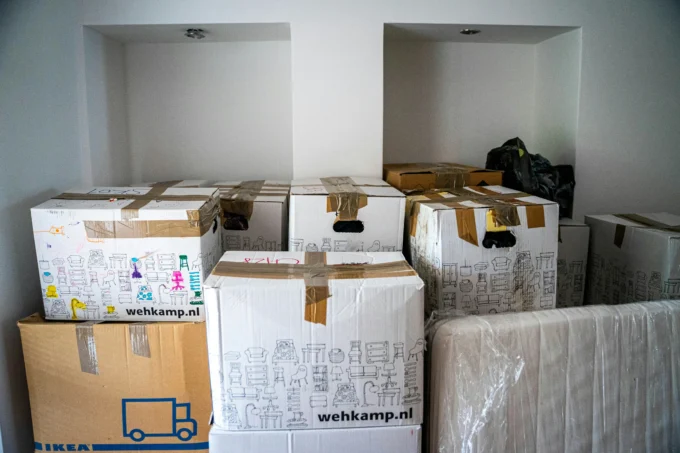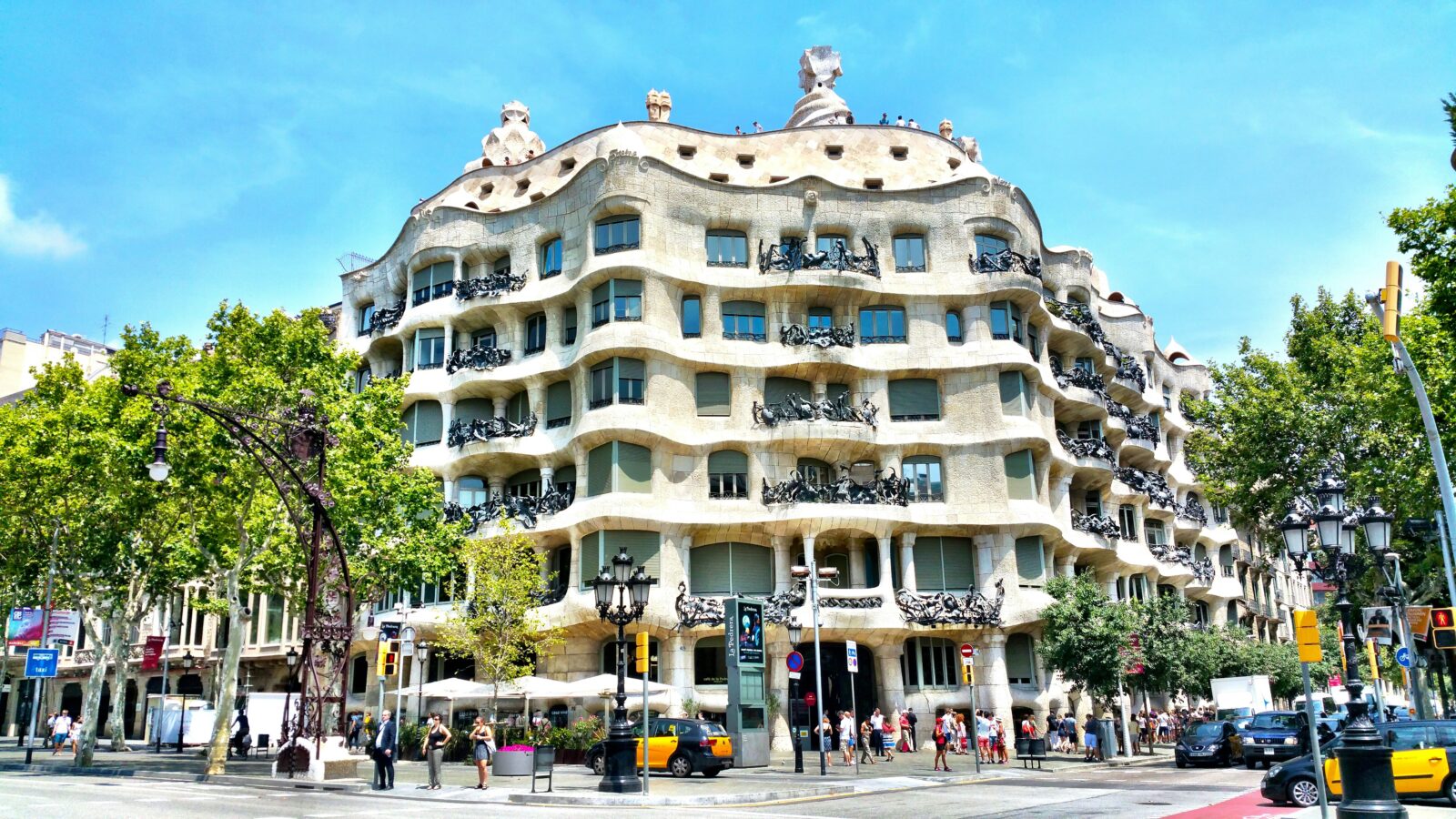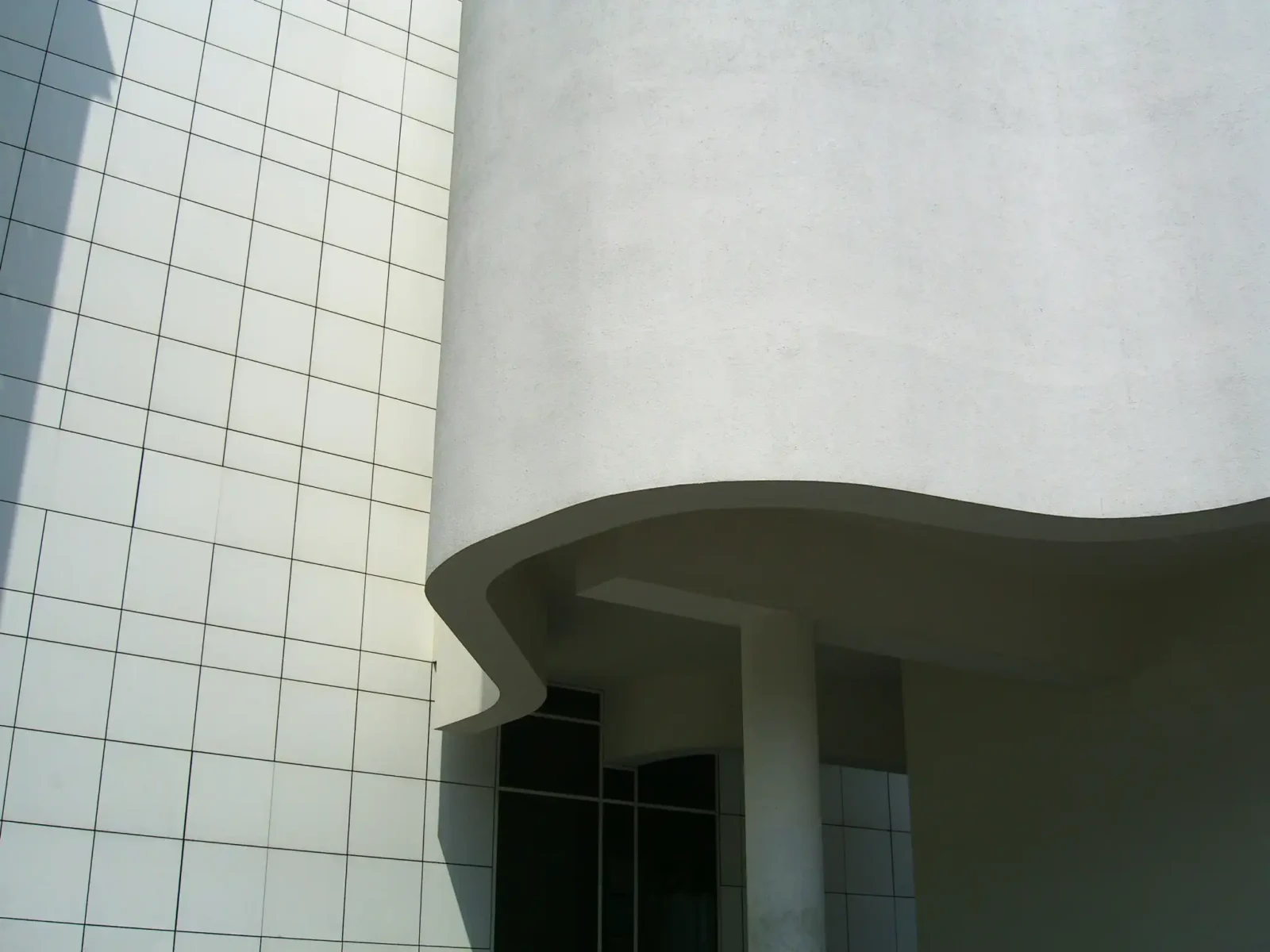- Home
- Articles
- Architectural Portfolio
- Architectral Presentation
- Inspirational Stories
- Architecture News
- Visualization
- BIM Industry
- Facade Design
- Parametric Design
- Career
- Landscape Architecture
- Construction
- Artificial Intelligence
- Sketching
- Design Softwares
- Diagrams
- Writing
- Architectural Tips
- Sustainability
- Courses
- Concept
- Technology
- History & Heritage
- Future of Architecture
- Guides & How-To
- Art & Culture
- Projects
- Interior Design
- Competitions
- Jobs
- Store
- Tools
- More
- Home
- Articles
- Architectural Portfolio
- Architectral Presentation
- Inspirational Stories
- Architecture News
- Visualization
- BIM Industry
- Facade Design
- Parametric Design
- Career
- Landscape Architecture
- Construction
- Artificial Intelligence
- Sketching
- Design Softwares
- Diagrams
- Writing
- Architectural Tips
- Sustainability
- Courses
- Concept
- Technology
- History & Heritage
- Future of Architecture
- Guides & How-To
- Art & Culture
- Projects
- Interior Design
- Competitions
- Jobs
- Store
- Tools
- More
The Development of the Contemporary House Designs: Harmonizing Beauty and Necessity

Over the years, house designs have evolved to capture the new needs of homeowners. Houses are not only built to look good but also to provide comfort and efficiency.
Currently, designers combine beauty with practicality to build houses that suit the modern lifestyle and also incorporate sustainability and technology. Find out how the concepts of house designs have changed and what new trends can be expected in the future.
Table of Contents
ToggleHow and What Has Changed In The Design Of Houses Through The Years.
The construction of houses has changed from large and baroque houses to small and simple but convenient and sustainable houses.
In the past, houses were constructed with small and divided rooms, with a lot of wood carvings and other decorations. These designs were for show but did not consider using the space well. Today, modern house designs have an open plan that brings a lot of light into the internal spaces. Big glass windows and doors replace small and tight entrances and windows, and simple interior design styles avoid using too many objects and try to keep the space uncluttered.
The increasing interest in the current home designs is mainly because of changing lifestyles. Many people are now working from home and require a separate office space. Open plan kitchens that blend with the living area have replaced closed kitchens, to suit the new lifestyle.
Sustainability is also a major factor that has led to these new designs. Today, new homes are built with environmentally friendly materials and solar energy based control systems. The change towards aesthetic yet useful designs shows an increasing demand for houses that can be used for several purposes, and at the same time look attractive.
The Popularity of Modern Farmhouse Architecture
Traditional farmhouses were different in that they had large front porches, pitched roofs, and rustic wood. But what makes modern farmhouse plans different is that they are still able to incorporate these classic rustic elements with more modern and simple finishes.
Visualize a house with exposed timber beams, but instead of the dark and distressed interior, it has light colored walls and big glass doors that let in natural light. The bold black windows create a captivating juxtaposition that instantly infuses the room with a contemporary vibe. And that metallic roof isn’t about toughness—it perfectly balances sturdiness, with elegance! The integrated design of the interior effortlessly combines the kitchen, with the dining and living areas creating a sense of openness.
Designs of homes such as this go beyond appearance – they aim to establish a cozy and practical living space that exudes warmth and hospitality.
The Advantages of Two-story Homes
If you need more space then two-story house plans are a perfect and optimal solution. Instead of expanding laterally these homes take advantage of the vertical space and are perfect for families or if you have a limited amount of land.
Living in a two story house has its perks—it neatly separates the private areas from the communal areas within your living space! The top floor serves as a retreat ideal for bedrooms and home offices; meanwhile the ground level fosters connectivity, with its open layout tailored for daily activities and social gatherings.
The advantages don’t end there though. Multi level houses also stand out with their tall ceilings that give a sense of openness and brightness and strategically placed windows that fill the area with sunlight while enhancing ventilation. A properly designed two story house isn’t just functional but also serves as a chic haven!

New Technologies and Energy Conservation Systems in Modern Home
Modern homes are no longer just static structures, they are becoming intelligent and sustainable spaces that meet the needs of contemporary living and energy efficiency.
The increasing civil use of technology is changing home design, making it possible to control lighting, heating, and security systems from anywhere. Some of the modern technologies include voice controlled personal assistants, automated window blinds, and motion activated lighting systems that enhance people’s lifestyles.
The use of environmentally friendly materials is also becoming more important in current home construction, and bamboo parquet, recycled steel, and energy saving insulation are growing in popularity.
Solar panels and smart thermostats also make homes more self-dependent. Energy saving windows equipped with UV filters are effective in regulating temperatures and reducing the reliance on continuous heating or cooling systems. This leads to enhanced comfort levels and decreased energy expenses! Implementing rainwater collection systems and using water faucets also greatly reduces water wastage and encourages more sustainable resource utilization.
Contemporary residences today, go beyond aesthetics. They are designed to be intelligent and environmentally conscious spaces that prioritize efficiency and sustainability, over style alone.
The Future of Home Architecture
The evolution of home design is centered around innovation these days! With versatile living spaces leading the way alongside technology and sustainable architecture trends shaping the future of homes to be smarter and more flexible, than before.
It’s all about creating homes that can serve several purposes as more and more people work from home. For example; a workspace during the day; a fitness area in the evening; and a comfortable guest room as required – that’s smart interior design for you! With versatile floor plans and compact furniture solutions, homes are evolving to be more accommodating than before. The focus is on maximizing every bit of space effectively while adjusting to the evolving way of living!
The return of the porte cochere is quite noteworthy these days too. The beautiful enclosed entryway serves an important purpose – not only does it enhance the aesthetic appeal of the house but it also provides practical protection for vehicles against various weather conditions.
One other thing is absolutely certain. Sustainability is here to stay and it’s more than just a trendy term; it is actually becoming the cornerstone of future home architecture! Innovative ideas such, as net zero energy residences that produce as much energy as they consume are increasingly popular. The aim is to create more eco friendly living spaces that are also more efficient.
Conclusion
It is no longer a question of whether aesthetics should be combined with functionality or not, it is the basis of contemporary home architecture. Today’s homes are built to improve your life in every way. The key is to find a design that not only looks good but also helps to make your life easier and your home a beautiful and useful space.
illustrarch is your daily dose of architecture. Leading community designed for all lovers of illustration and #drawing.
Submit your architectural projects
Follow these steps for submission your project. Submission FormLatest Posts
The Ultimate Guide to Fencing in North Dakota: Choosing the Best Fence for Your Property
Watching a chain link fence twist in 70 mph winds near Minot...
Gaudí: Where Architecture Meets Science
Gaudí: Where Architecture Meets Science shows catenary arches, ruled surfaces, and biomimicry...
How Housing Market Forces Shape Architectural Design Today
Architecture never exists in isolation. Buildings rise from a mix of ambition,...
Why Portable Formaldehyde Gas Detectors Matter on Construction Sites
As construction practices shift toward more enclosed and material-intensive environments, the risk...












Leave a comment